
3 Former NY Mets Players Who Failed to Fill the Shoes of Team Stars
It’s tough enough trying to be a Major League Baseball player, let alone when the bar is set so high because you are expected to make fans forget about the star that you are supposedly replacing. New York Mets fans have always had high expectations and when you falter, they let you know. So when you take the place of one of their favorites, you’re gonna hear it.
There are three players who learned the hard lesson that you shouldn’t try to replace a Mets star, a fan favorite, or you might just become one of the team’s trivia questions.
Mike Vail gave the New York Mets reason to rid themselves of Rusty Staub until he didn’t
Rusty Staub was already a fan favorite in Montreal and his stardom only grew when he came to the Mets for the 1972 campaign. Unfortunately, Staub arrived immediately after the sudden death of Gil Hodges, and then he spent most of the season like the rest of the team in the trainer’s room and on the injured list.
He had productive 1973 and ’74 seasons, when the Mets would rebound to make their way into the World Series in ’73 and then have an absolutely brutal year in ’74. But 1975 brought some changes. Yogi Berra would be fired mid-season. But the biggest change was the addition of Dave Kingman, giving the Mets their very first true pure slugger in the lineup.
That season was a very strange year for the Mets as the organization was starting to make the transition away from the players who were tied to the 1969-1973 era. Oh, there were a few left, but with the exception of Tom Seaver, Jerry Koosman, Jerry Grote, Ed Kranepool, Bud Harrelson, and Wayne Garrett, there was nobody left from the ’69 World Championship team. Instead, there Dave Kingman, Del Unser, Joe Torre, Skip Lockwood, Bob Apodaca, and John Stearns.
And in the middle of that season emerged a young player who wasn’t even on anyone’s radar – Mike Vail. Vail was raking at AAA Tidewater and was brought up and immediately inserted into left field. With Staub in right field and first base crowded, Kingman, believe it or not, was moved to third base.
Vail rewarded the Mets for their confidence by hitting in 23 consecutive games, a rookie record at the time. He looked so natural at the plate, that the Mets decided that they would anoint him their starting right fielder for 1976, and trade away Staub who M. Donald Grant wanted gone because he was M. Donald Grant.
Truth be told, while Staub had a great career and is the only player in history to have 500 hits with four teams (one of them being the Mets) Staub had his best seasons with the other clubs he played for over his career. Nevertheless, other than Seaver, Staub was the one true and legitimate star on the team and was loved by the fans. And now he was going to be replaced by this kid, Mike Vail.
Over the winter, Vail played in a charity basketball game. Many players in previous eras did a lot in the off-seasons because, quite simply, they didn’t really make enough money. And Vail ended up getting hurt during that charity basketball game and didn’t recover in time for the start of the 1976 season and, actually, never really recovered at all. That snippet in time in 1975 (.302 with 3 HR in 38 games) was the best and most productive period of Vail’s fairly short career with the Mets, and in the Major Leagues.
It was a 38-game audition that convinced the Mets hierarchy would forget about Rusty Staub. That turned out to be a bit of an error in judgment.
Pat Zachry made it clear from the get-go that he was not Tom Seaver but the comparisons still came
M. Donald Grant was notorious for getting rid of player who had the audacity to speak their minds. In today’s era, it’s truly hard to fathom anyone actually having the audacity to stand up to a player. No matter the era, the fact that Grant was going to target, and victimize, Tom Seaver, was a huge miscalculation.
Grant underestimated how much Seaver meant to the organization and, more so, the fans. Frankly, Grant didn’t care what Seaver meant to the organization, because he ran the club like people today run a side hustle. If it brings in some money, that’s all that matters. As long as you don’t have to spend money. And Grant really didn’t care about the fans as long as they were the ones spending the money. He didn’t realize that they would eventually run him out of town.
Be that as it may, the trade of Seaver happened on June 15, 1977. And in return, the Mets got a package of pitcher Pat Zachry, second baseman Doug Flynn, and outfielders Steve Henderson and Dan Norman.
Truth be told, Henderson was the jewel of the group. He was the hot prospect – the five-tool player that every other organization coveted. The Mets were almost willing to take him straight up for Tom Terrific. But that would have made the bad public view even worse, if that was even possible. So they insisted that they had to get someone in return to replace Seaver in the rotation, and that person turned out to be Zachry.
Zachry had was the co-winner of the National League Rookie of the Year Award in 1976 when he went 14-7 and a 2.74 ERA with the Reds. Now you have to remember that the 1976 Reds were called The Big Red Machine and they were called that for a very good reason. They were a team loaded with superstars and future Hall of Famers. And they could flat out hit and put a LOT of runs on the board and they could field with the best gloves in MLB history. Both attributes are what pitchers are thankful for. Because they can pitch stress-free.
The Mets were nowhere NEAR in the league of The Big Red Machine. And, to be honest, Zachry, while an excellent pitcher, he was NOT Tom Seaver.
And that is the shame of it all. It would have been tough enough for Henderson to be looked at as the centerpiece of the “Seaver trade” for years to come. But he didn’t really catch the ire of the fans when he failed. That ire was directed at Pat Zachry and it was so undeserved.
There were two things that Zachry and Seaver both had in common, they were both right handed and they were both down and dirty, tough as nails, competitors. Nobody wanted to win more. But the Mets were bad, and Zachry was no savior. And he felt it and took it hard.
Zachry actually spent parts of six seasons in a Mets uniform and pitched well when the Mets were absolutely awful. He even was selected to represent the Mets in the 1978 All Star game.
Soon after, during a game against his former team, he left the game and when he entered the dugout, he went to kick a batting helmet and missed, severely injuring his foot and prematurely ending his season. He was never really the same after that.
Zachry’s success in his short stint with the Reds was not indicative of what he would do with a team that was in the catacombs of baseball. It was an error in judgment to trade Seaver. And it was a bigger error in judgment to expect anyone to actually replace him in the rotation. And it was an injustice to have the unreasonable expectations of a great teammate and competitor like Pat Zachary.
Dave Magadan was not Keith Hernandez but, then, who is?
I’m Keith Hernandez. Well, HE’s Keith Hernandez. Hernandez is the guy who unwillingly came to the Mets the way Tom Seaver did years before, and gave the club legitimacy and the fire and will to win. He was the leader, the field general, he was the smartest player on the field, and he performed day in and day out.
Dave Magadan was second round draft pick of the Mets in 1983 out of the University of Alabama. He led the NCAA in hitting. He continued hitting in the farm system and the Mets gave him a cup of coffee during the 1986 season.
Magadan was being brought along as another one a long line of Mets third base hopefuls. The Mets had Howard Johnson penciled in at third base for what seemed like years to come. And Hernandez was still going strong at first base. And there was no DH yet. So what to do.
Well, Magadan would get plenty of playing time because although he wasn’t good defensively at either third base OR first, Davey Johnson loved offense over defense. And with injuries hitting the Mets, Magadan would get playing time, albeit inconsistent.
Magadan was a big guy but he had virtually no power – he was what used to be called a “punch and judy” hitter and would spray the ball from gap to gap but mostly to the left gap because he really didn’t pull the ball much.
And when you don’t have much power, you had better hit for high average and drive in runs. That’s what Hernandez did. But Magadan didn’t.
He didn’t hit enough, especially having no power, to play either corner position. And when Hernandez was finally done as a Met and left following the 1989 season, Magadan had a good season in 1990 hitting .328 with a .417 OBP, and had career-highs with 6 HR and 72 RBI.
After that he was truly pedestrian as he was injured and just didn’t hit enough to warrant taking up a power position on the field, The Mets finally gave up on him when they signed future Hall of Famer Eddie Murray as a free agent before the ’92 season and he didn’t produce at third base.
HE was Keith Hernandez whereas Dave Magadan was not. And like Zachry replacing Seaver years earlier, the comparison is unfair. Hernandez was a special player and will always be special for Mets fans and Magadan was just in the wrong place at the wrong time to replace a legend.
This article was originally published on risingapple.com as
3 former NY Mets players who were expected to replace stars and didn’t
.
Share this content:
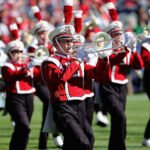
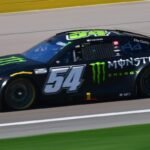






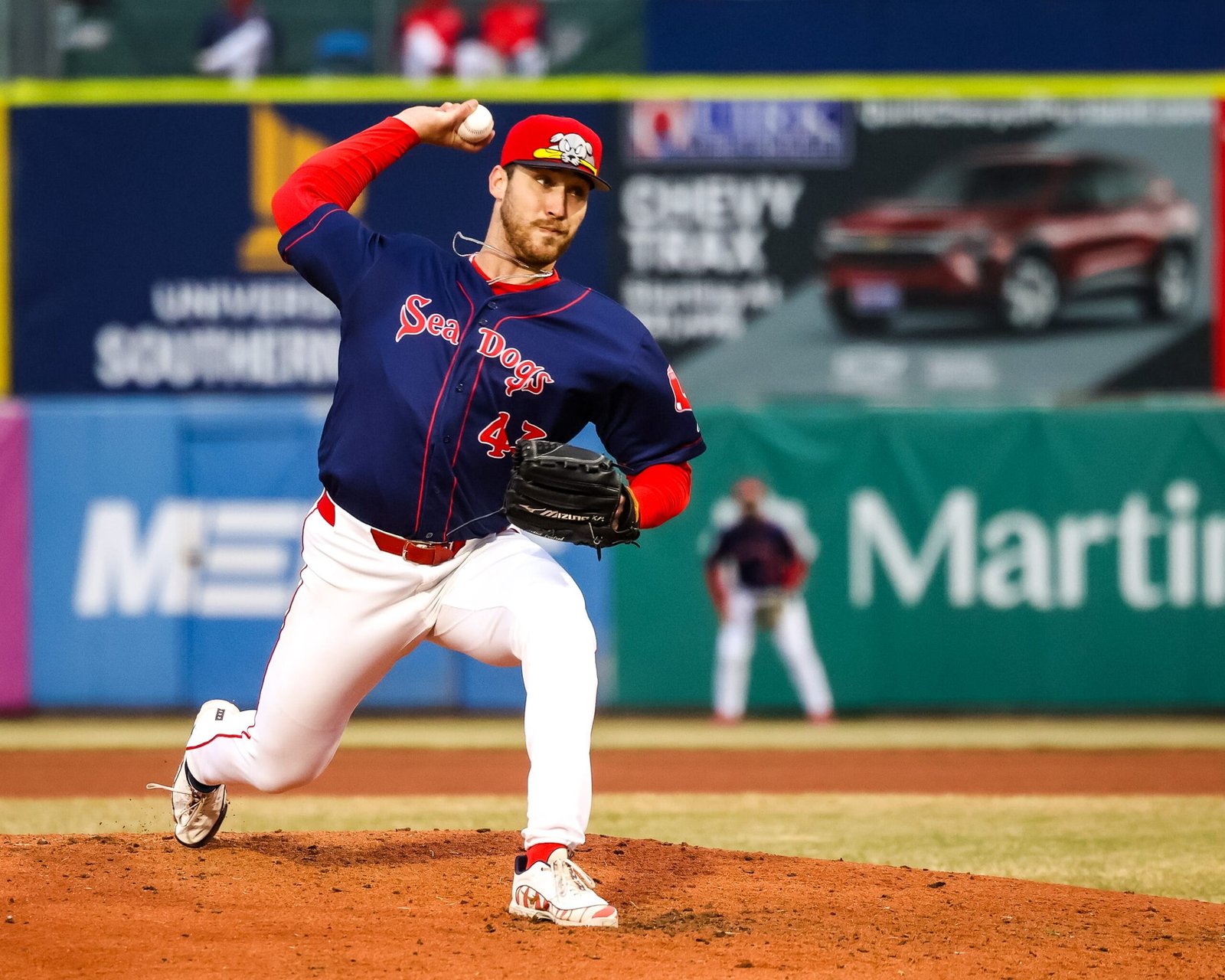
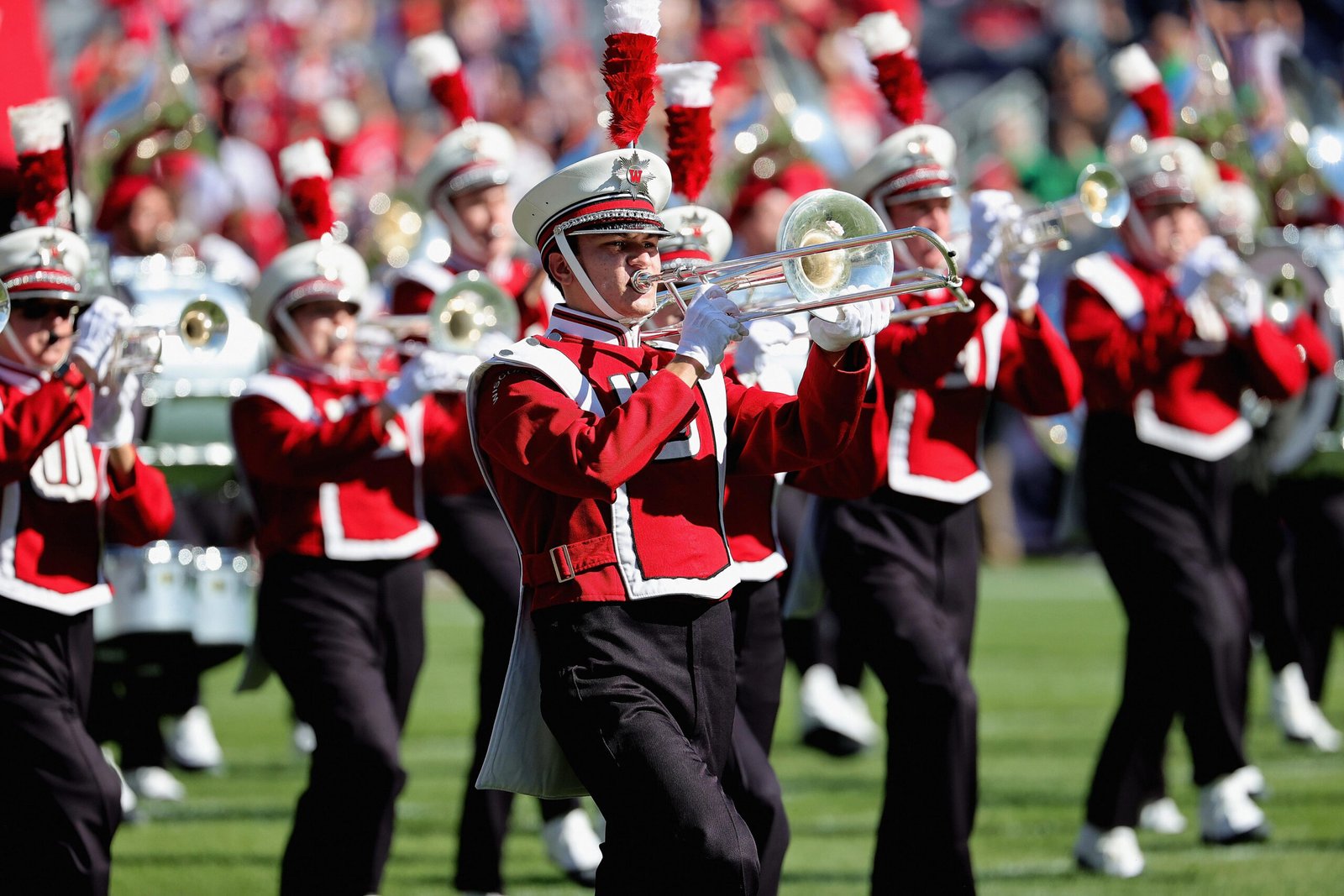
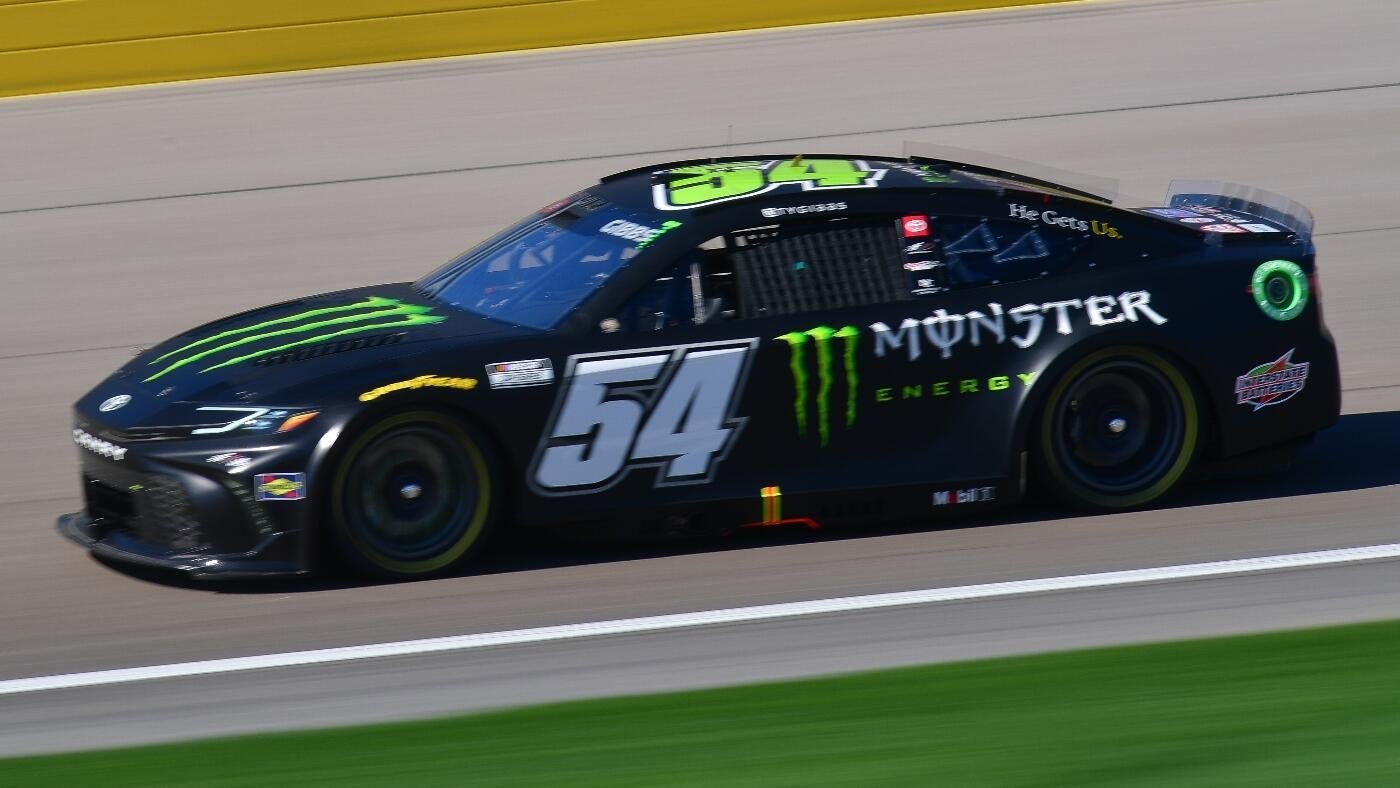
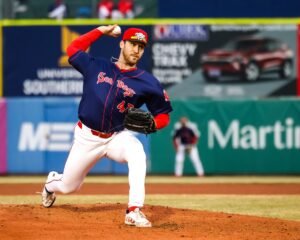
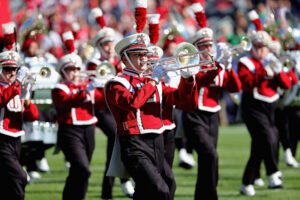
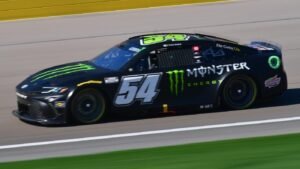

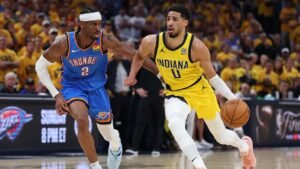


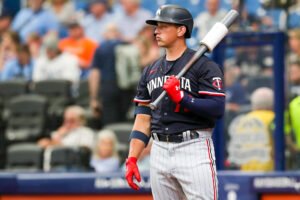


Post Comment